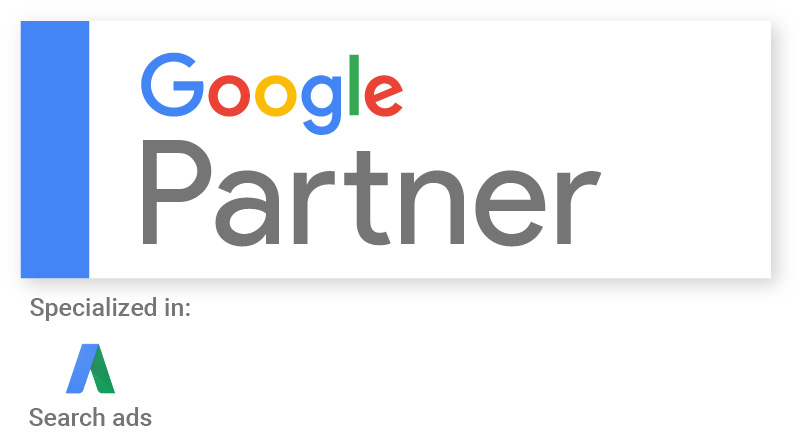This post is being done on my desktop using the application called Blog Desk. I am testing to see if I can post to multiple blogs with one click on my desktop location without having to log into my blog server. Let you know later how it goes and if…
-
-
New Quick Launch Website Completed
We’ve just finished a new Quick Launch website for the Global Movement Against Radical Islam. You can view it at www.GMARI.com. Quick Launch is our super fast web presence program that allows you to cost efficiently have a great looking website completed in record time using pre-made website templates. This…
-
LinkedIn Penalty – Have You Been Caught?
If you are loading a large contact list into LinkedIn, be aware that you may run into their user penalty. What I am speaking about is a step by LinkedIn to trim spam and to keep their application about connections. For me, I am definitely not a spammer. However I…
-
Our New Website Design
This past weekend I have launched a new website design for the parent website for The Web Authority blog. You can check it out at www.McCordWeb.com. The design is simply yet classic in nature and built in CSS. It features a menu from f-Source which builds complex CSS, XML, SEO…










